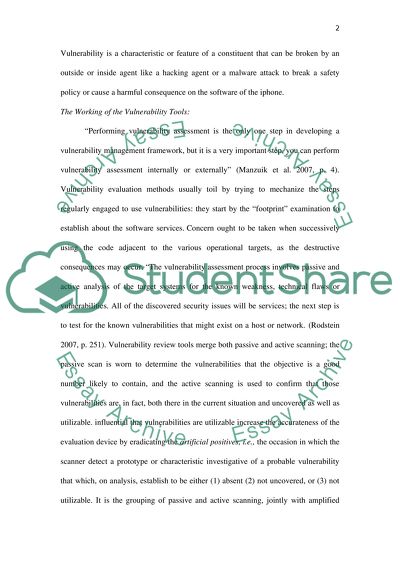Cite this document
(“An Assessment of the Vulnerabilities of the iPhone Dissertation”, n.d.)
Retrieved de https://studentshare.org/information-technology/1391563-an-assessment-of-the-vulnerabilities-of-the-iphone
Retrieved de https://studentshare.org/information-technology/1391563-an-assessment-of-the-vulnerabilities-of-the-iphone
(An Assessment of the Vulnerabilities of the IPhone Dissertation)
https://studentshare.org/information-technology/1391563-an-assessment-of-the-vulnerabilities-of-the-iphone.
https://studentshare.org/information-technology/1391563-an-assessment-of-the-vulnerabilities-of-the-iphone.
“An Assessment of the Vulnerabilities of the IPhone Dissertation”, n.d. https://studentshare.org/information-technology/1391563-an-assessment-of-the-vulnerabilities-of-the-iphone.


